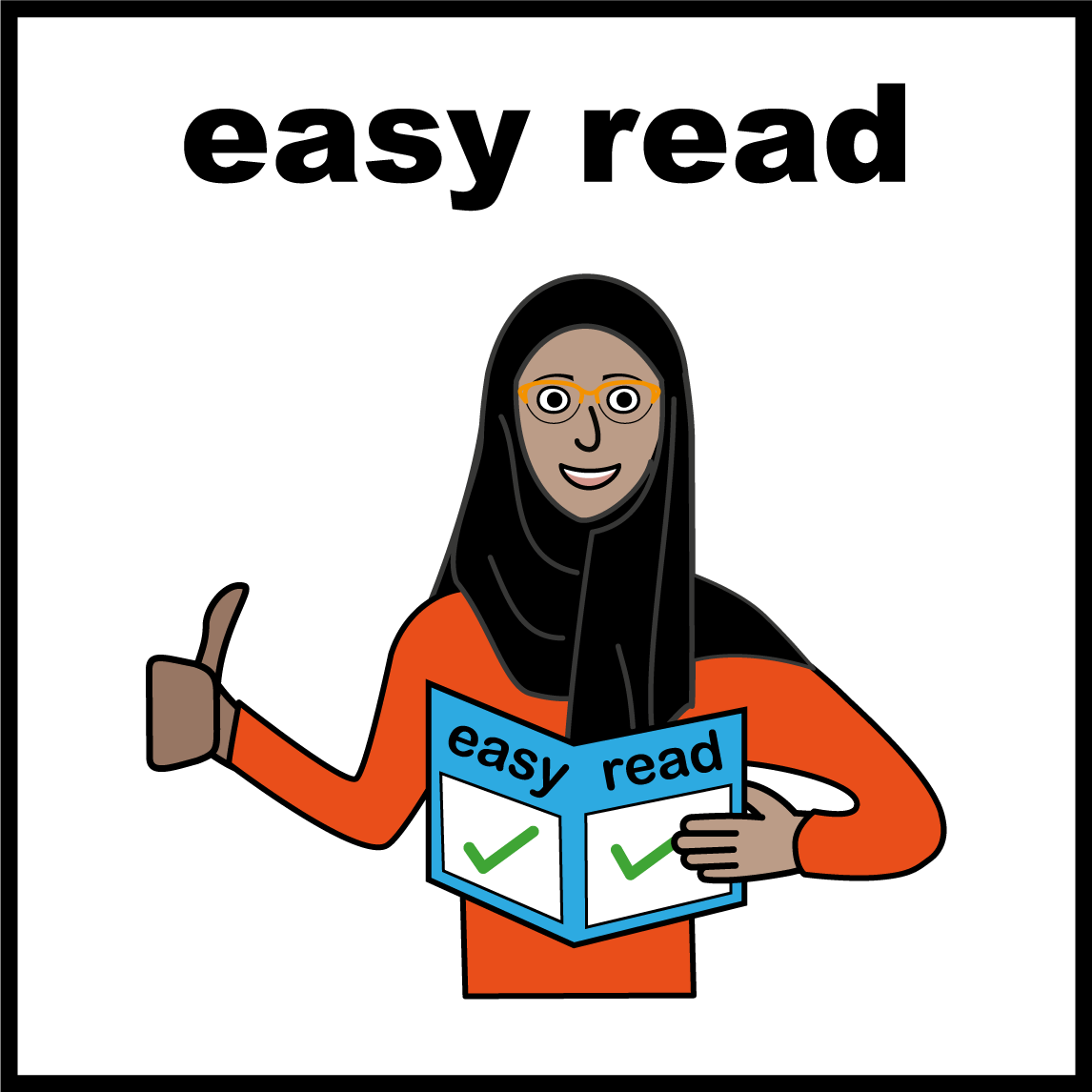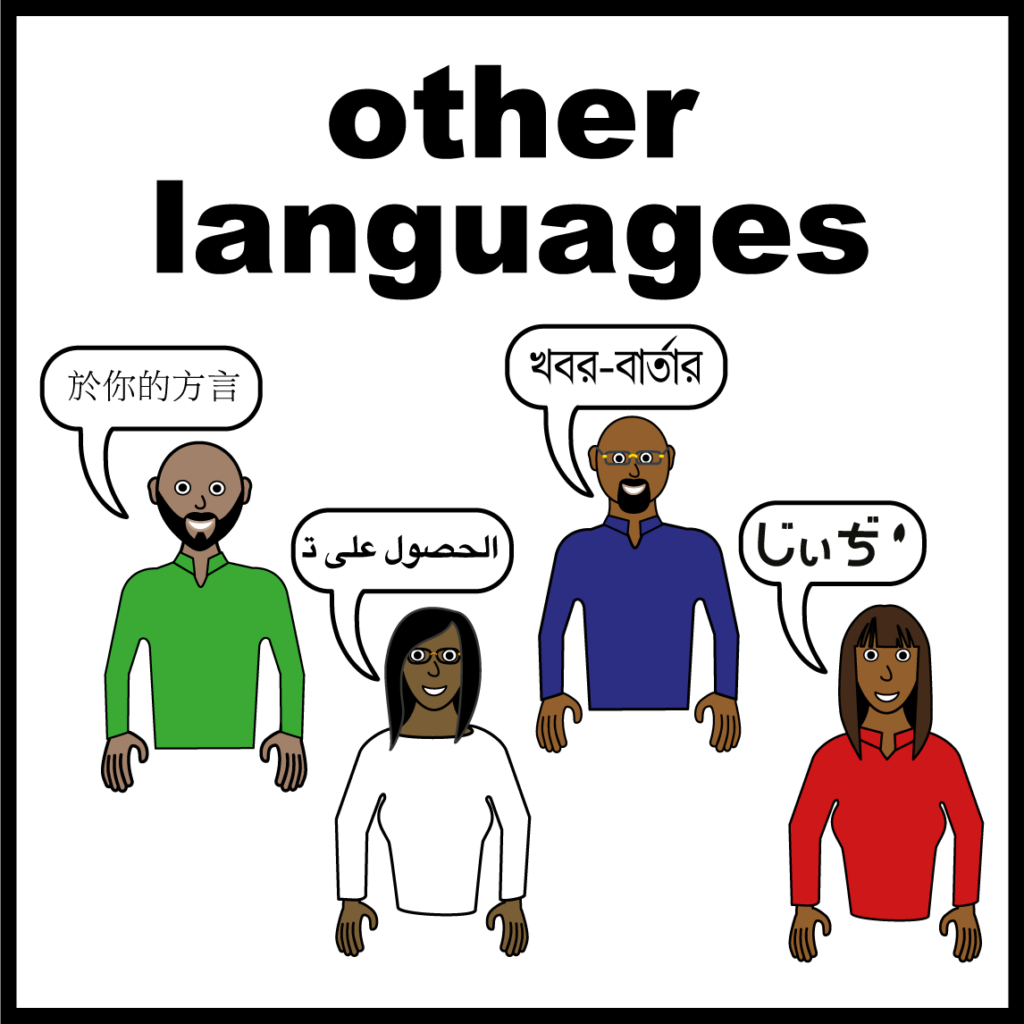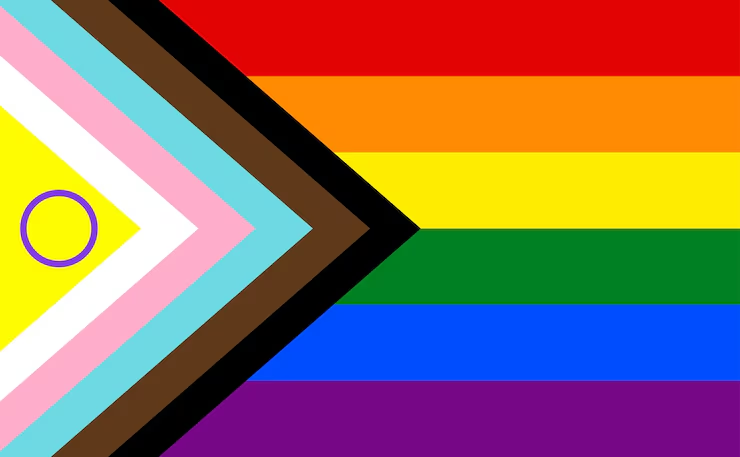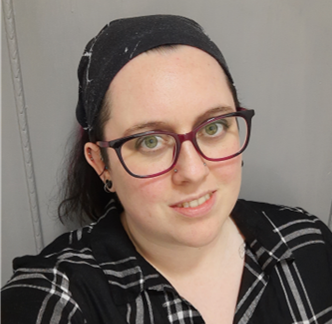Here at My First 1000 Days we have accessibility and inclusion at the front of our minds.
Our Disability workstream is a “Golden Thread” which intertwines within every section of the project, and the use of inclusive language has been discussed with the University of Leeds Equality and Inclusion team.
We have been working with disabled parents, and families of disabled children, in the spirit of ‘Nothing About Us Without Us’. We want to develop a vision for an inclusive model of group care that builds upon the best of existing support services/mechanisms and addresses gaps in current provision.
So, what does this actually look like in practice?

In practice this involves many things. One is us being mindful of the language used in correspondence, documentation and information sheets.
Some things we need to be mindful of:
LGBTQ+ inclusion
English as a secondary or tertiary language
Visual Impairment
Memory Impairment
Comprehension Impairment
Prof Angharad Beckett and Rachel Heaton have worked together to create “Easy Read” versions of the documents, information posters and other resources which will be shown and given to those who are involved in the project sessions.
Easy Read

Easy Read is a way of making written information easier to understand.
Text is broken down into short sentences on a page, images are chosen to represent each sentence and language is simplified where possible. Jargon and more complex words are avoided.
Mencap, a UK Charity, creates Easy Reads for people with learning disabilities. They note on their website that they are also helpful for people who are learning English, people who have trouble reading or writing, people who forget things easily, and people who are short on time or feeling stressed.
AbilityNet, a pioneering UK charity, providing specialist services and impartial support to create a digital world accessible to all, say:
“The right to accessible information is established in law with the United Nations Convention on the Rights of Persons with Disabilities (UNCRPD) and the Equality Act 2010, protecting disabled people from discrimination. If information is not available in an easy-to-understand format, some people may struggle to make key decisions about important areas of their life.”
Makaton, BSL and other Languages

We have looked into language resources for inclusive communication.
We have Makaton guides and books which our Family Wellbeing workers have access to, we have access to translators within the University and we have access to digital services who can assist with additional needs such as Braille and Large Print.
Translation services are often community based, with family members translating for each other. This has its pros and cons, and we are striving to be able to accommodate for as many language needs as possible.
Inclusive Language


A guidance document has been created by Rachel Heaton, in conjunction with the Universities Equality and Diversity Team, and with the Staff LGBTQ+ Network, to encourage best practice while being mindful of language preferences and evolution.
As part of this document writing process research was carried out and information found from Stonewall (a charity in the UK which is part of a global movement for change and equity for all LGBTQ+ people), other universities, Trade Unions, the National Institutes of Health, the British Journal of Midwifery, the NHS and the Journal of Epidemiology and Community Care, formed the basis of the document.
The main takeaway, is that Gender Neutral Language plus Additive Language should be used where possible and appropriate. The ‘Gender Additive’ approach to language helps us with representing women (particularly those from ethnic minorities) who are negatively impacted by health inequalities, alongside those from LGBTQ+ backgrounds.
Gender Additive language also takes into consideration people who are in a family unit which is not the societal norm of “Mum and Dad” and those who are pregnant but don’t identify as “Mum” e.g. surrogates or those choosing adoption.

The words “Pregnant woman” “mum” “dad” “pregnant ladies” etc are not being erased. They are being added to. Adding neutral terms is inclusive for all.
We will use judgement and context to determine whether to use mums and dads, parents and carers, pregnant people, or other inclusive descriptors.
From our meetings with disabled families, they too mentioned how inclusive language such as this is important and necessary, and that the scope of inclusive language is beyond the LGBTQ+ community encompassing caregivers of children outside of the binary of “mum and dad”.
My First 1000 Days will develop a model of group care that seeks to breaks the vicious circle of poor quality and inadequate (or insufficiently co-ordinated) service provision, by offering care that enhances the health and wellbeing of children and parents, holistically. The objective is to empower parents.


